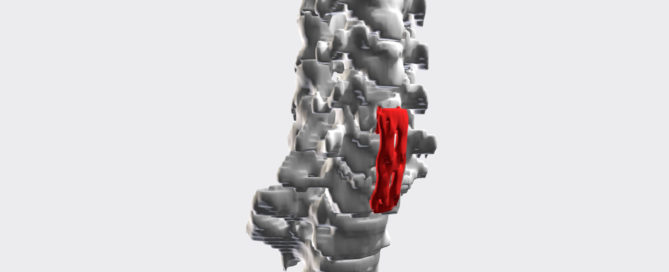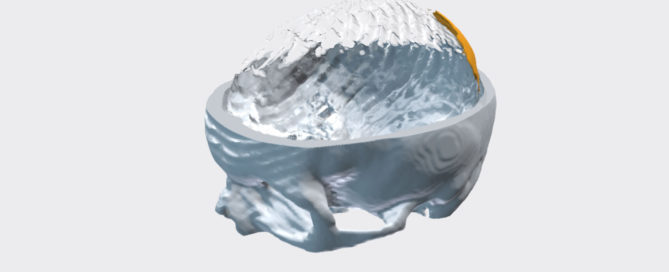A step beyond 2D imaging: How 3D printing is transforming personal injury cases
The Nix Law Firm has provided dedicated, client-committed, experienced representation for victims of accidents in Wichita Falls, Lawton and the Texoma region of Texas and Oklahoma for decades.
The personal injury law firm handles plaintiff cases, primarily injuries of different types, due to liability and negligence. Ben Hoover joined The Nix Law Firm in 2012 after serving as a felony prosecutor in the Wichita County District Attorney’s Office for 5 years. Ben is an experienced trial lawyer who dedicates his practice to injury, wrongful death and criminal law cases, and has recently started using Axial3D to print 3D models of his client’s injuries.
“A 3D model is something that the insurance adjusters can hold and see, and it’s something that the jury is going to be able to see with their own two eyes and even touch the injury.” Ben explains when discussing the use of 3D modeling.
“In one particular case, I have a client who was involved in a rollover motor vehicle accident, where he injured his cervical spine, and had a severe herniated disc in his cervical spine. The surgeon did a double spinal fusion on two different discs, removed the discs and inserted plates. The client was in incredibly severe pain before the surgery, but unfortunately even afterwards he was still having quite a lot of pain even after the hardware and the disc replacement.”
Typically in cases like this, Ben would have a detailed medical illustration produced, however the tactile nature of using precision 3D anatomical models to explain these complex injuries appealed to him. Rather than trying to explain the injuries to jurors while a doctor is pointing to an MRI or X-ray film 20 feet from the jury, Ben tried a new approach.
“It was around this time when I came across Axial3D and the anatomical models. I thought it would be very helpful to have a spine model produced, which showed in 3D imagery to proportion, my client’s actual spine with the hardware that was attached to the front of it in a contrasting colour.”
“It’s a step beyond having the 2D images, which can be helpful in many cases, but this is definitely an enhancement and allows the jury to see exactly what the doctor is describing. I had never seen a product like this before, used in this way. I’ve used color illustrations in the past, and even in this case. But, the novel application is what drew me to the 3D printing aspect.”
Having access to the model has supported Ben to elevate his case and help explain to the jury the severity of his client’s injuries.
“A 3D print like this takes that 2D black and white scan that the average person could not decipher anything from and transforms it into something the doctor can use to explain the injury and let the jury see it and actually touch it.”
Not only are the models incredibly detailed and accurate, but Axial3D can produce and ship a customized 3D anatomical model within 48 hours, giving attorneys more time to plan and prepare their cases.
“I’ve recommended Axial3D to my partners and our other staff at the office. Now, when we’re drafting demands and preparing for mediations, our staff know that we can order illustrations and 3D models for when we have serious injuries just like in this case.”
If you’re curious about how 3D modeling could support you in an upcoming case, reach out to one of our service specialists today to find out how Legal3D can assist you.




